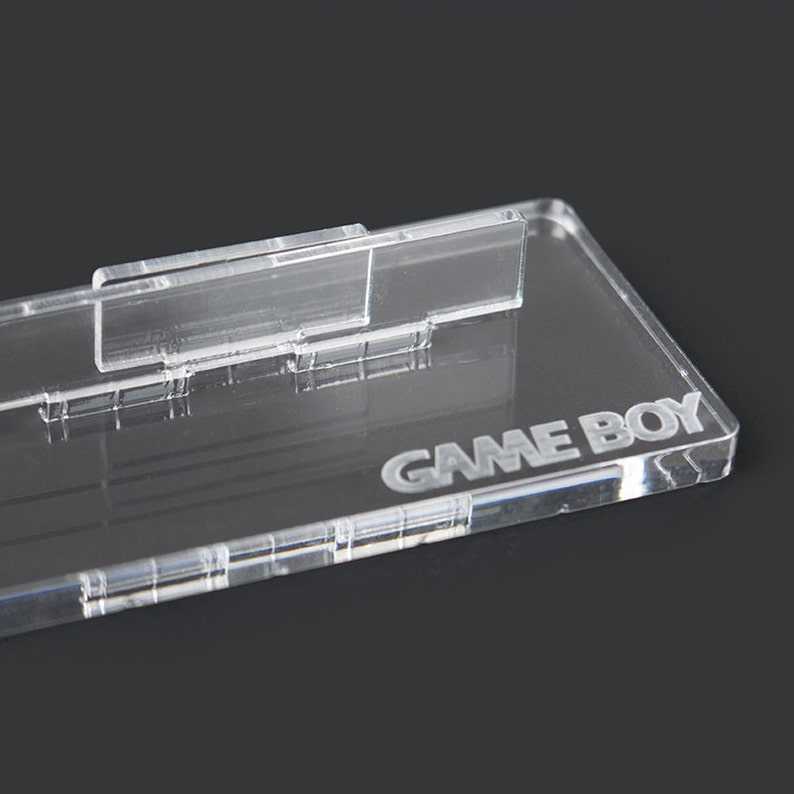

People trying to help should (if it hasn't been noted in the original post) ask what operating system the person is using. Help comes best when you let people know what operating system you are using when you ask a question.
#What dmg stands for mac os x#
I co-run a General Mac SIG and help out with a Mac OS X SIG in my area, and we answer many questions about things just like this. Additionally you could check into Mac User Groups. There is also the option of finding a Mac consultant/specialist (which is what I do for a living) who can take the time to show you how some things work. I know that both CompUSA and MicroCenter have older books on sale so there is a good chance you'll find some 10.2 references there. You need 10.2 information, which is rare these days both on the net and in most bookstores. Also, dragging a '.dmg' file onto 'StuffIt Expander', will result in its (ghost) disk image appearing on the 'Desktop'.Ĭlick to expand.Honestly, experienced Windows users are going to have a harder time than the average user when moving to Macs because they are used to being an experienced user.įor your situation, you are going to need to find a used bookstore. just think of it a another MacOS X 'feature'.Ġ3. Even if you applied the changes of '02.' above - do not be surprised, if at a later time, the settings change.

Double click on any '.dmg' file to test whether MacOS X actually accepted the changes you just made. From the 'Open with:' popup menu (you may have to click on the disclosure triangle to see it) select 'DiskImageMounter'. Select 'Finder's 'File, Get Info' menu item. To return 'DiskImageMounter' as the default application, to automatically process a '.dmg' file:Ġ2.01. By default the application to open '.dmg' files should be 'DiskImageMounter'. ', 'Command E', or via a contextual menu )Ġ2. A (ghost) disk image will now appear on your 'Desktop'.Īfter installing the software from the disk image, click on the disk image and eject it ('Finder' 'File, Eject. Next, click on the 'Open' button - in the toolbar (along the top of 'Disk Utility's window). Locate and click once on the '.dmg' file (you initially double clicked on) in the lower portion of the left side list.Ġ1.02. (Now what?)' - once 'Disk Utility' opens. To answer your question of 'when I click on (any) DMG file, all that happens is that "Disk Utility" opens. '.dmg' files can be opened with a few utility applications - 'Disk Utility', 'DiskImageMounter', and 'StuffIt Expander'.Ġ1. (And does anyone know of a good website for experienced Windows users who are new to Macs?)
#What dmg stands for how to#
But I'm really struggling to work out how to use a Mac. I would really like to be a Mac bigot - I'm sure it's my calling. How would I do this? I've looked at the menu options in Disk Utility and see nothing useful. I've done a lot of searching, and I've found a reference to "repairing associations". But now, when I click on (any) DMG file, all that happens is that "Disk Utility" opens. I KNOW that I've opened these before, because I can see some on the desktop - eg Firefox, which is installed and working.
#What dmg stands for install#
Right now, I have been trying to install which is delivered via a DMG file. I have a Mac (a PowerBook G3) which I got second hand, in order to find out a bit about the Apple world (and to give my wife a machine she can use for her emailing). I'm a very experienced Windows user, and I'd have thought I could manage this. It's so horribly embarrassing to have to ask this.


 0 kommentar(er)
0 kommentar(er)
